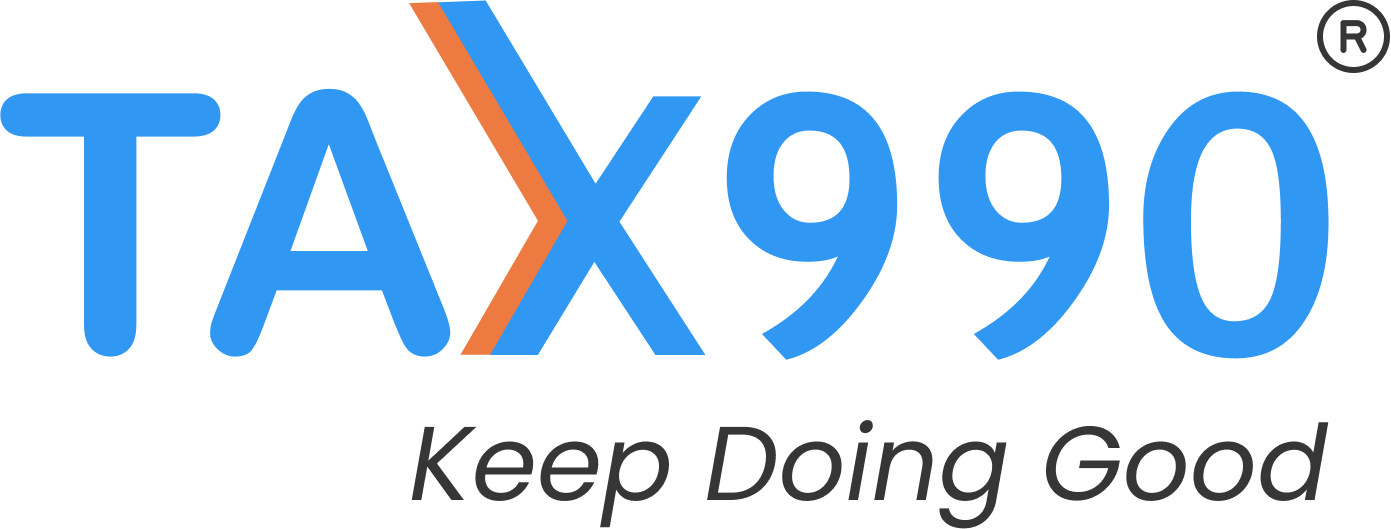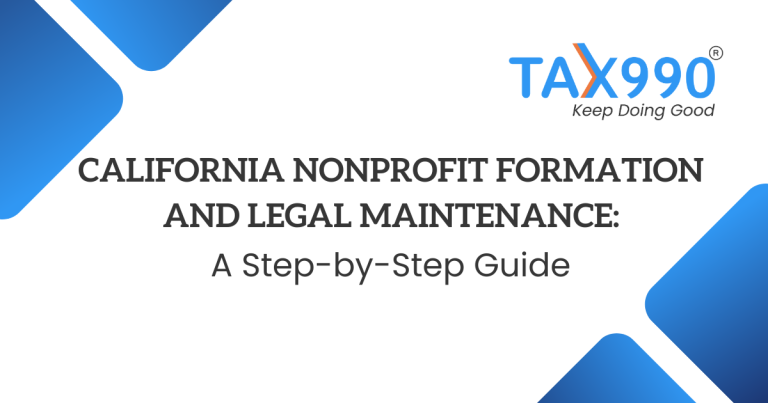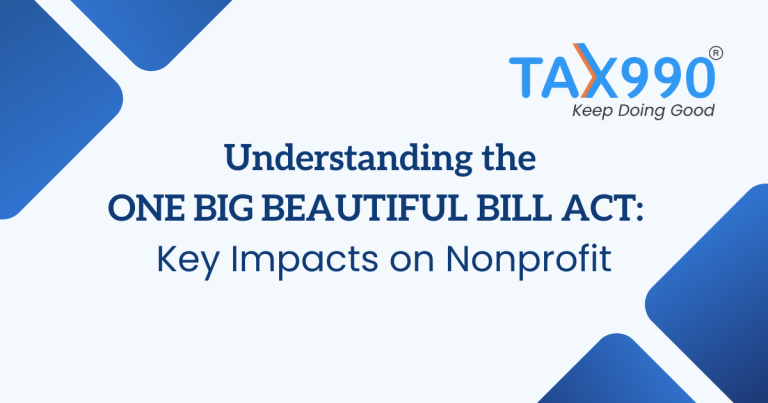Behind the Numbers: What Form 990 Tells the World About Your Mission
Estimated reading time: 11 minute(s)

For nonprofits, Form 990 is more than just a tax document. While its primary purpose is to meet IRS filing requirements, Form 990 also offers a unique window into an organization’s mission, priorities, and impact. This article explores how nonprofits can leverage the form not just to comply with regulations, but to clearly and confidently communicate their mission to the world.
Form 990 as a Public Relations Document
The 990 includes a section where the nonprofit can include its mission, details, and most impactful programs. This gives donors, media, and grant makers a chance to see not just what the organization is, but why it matters.
Form 990 includes key financial data like revenue, expenses, and executive compensation.
A well-prepared 990 reflects fiscal responsibility and stewardship of resources, which is vital to public perception and donor confidence.
Since the Form 990 is available on public databases (like the IRS website), it shows transparency from the organization. Governance disclosures, such as board structure and conflict-of-interest policies, reassure stakeholders of ethical practices.
Governance and Ethics Matter
Governance and ethics matter in a nonprofit because they form the foundation of credibility, accountability, and trust. Unlike businesses, which answer to shareholders, nonprofits answer to the public. Here’s why strong governance and ethics are essential:
- Protects the Mission
- Builds Public Trust
- Ensures Legal and Regulatory Compliance
- Prevents Mismanagement and Fraud
- Drives Accountability and Transparency
- Strengthens Organizational Culture
- Enhances Donor and Grantmaker Confidence
What the Critical Sections of Form 990 Reveal
Together, Parts I, III, and VI, along with Schedule O, offer a clear and compelling snapshot of how an organization operates, what it has achieved, and how it remains accountable to the public and its mission. Understanding the role of each section is essential for crafting a Form 990 that does more than comply.
- Part I – Summary: Offers a high-level snapshot of the organization’s mission and major achievements over the past year.
- Part III – Program Service Accomplishments: Highlights the nonprofit’s most significant programs and measurable outcomes they delivered.
- Part VI – Governance, Management, and Disclosure: Gives insight into the organization’s oversight structure and governance practices.
- Schedule O: A critical space for a narrative detail, allowing nonprofits to expand on mission statements, clarify responses, and provide additional context to their full story.
Why Narrative Consistency is Important
- Website Messaging: Mission statements, program descriptions, and impact stories on the website should reflect the same language and priorities stated in Form 990. Consistency here reinforces transparency and improves public confidence.
- Grant Applications: Funders often compare grant narratives to an organization’s Form 990. Matching language around goals, populations served, and outcomes helps validate funding requests and demonstrate organizational alignment.
- Annual Reports: These year-end summaries should echo the financial and programmatic information reported in Form 990. When reports and filings tell the same story, it reinforces accuracy and integrity.
- Social Media: While more informal, social posts should still reinforce the mission and values outlined in Form 990. Every message contributes to the nonprofit’s public image, and inconsistencies can be noticed by potential supporters or partners.
File Form 990 with Tax990
By guiding organizations through each section with user-friendly tools built-in compliance checks, Tax990 helps ensure that financial data, governance practices, and mission-driven activities are presented clearly and accurately.
Form 990 is much more than a compliance; it’s a powerful platform for nonprofits to share their story, demonstrate financial stewardship, and showcase ethical leadership. By approaching the 990 as both a regulatory requirement and a strategic communications tool, organizations can strengthen public trust, inspire donor confidence, and reinforce their commitment to mission-driven impact. In a sector built on purpose and transparency, a well-prepared Form 990 speaks volumes.




Leave a Comment